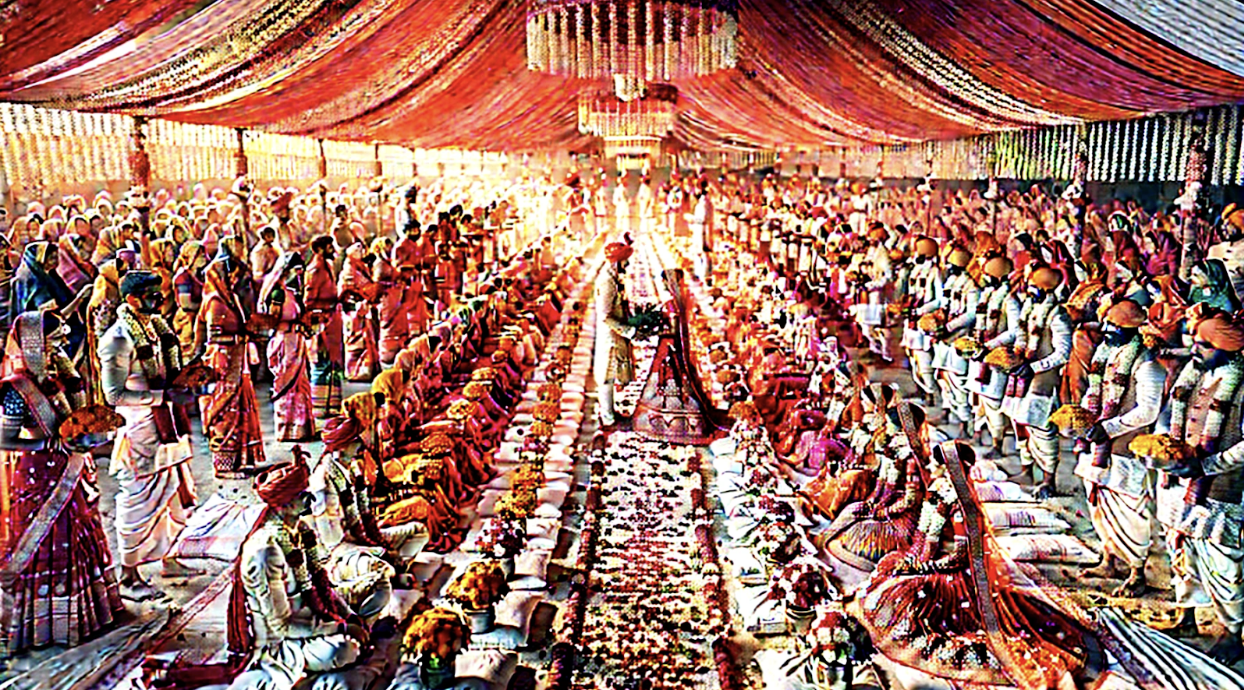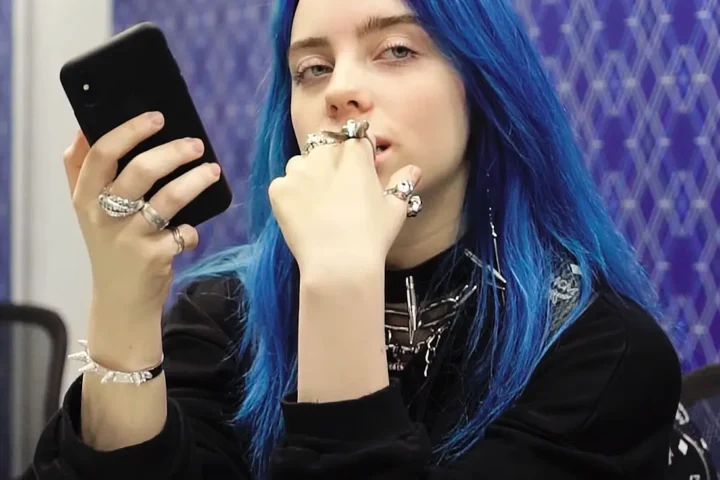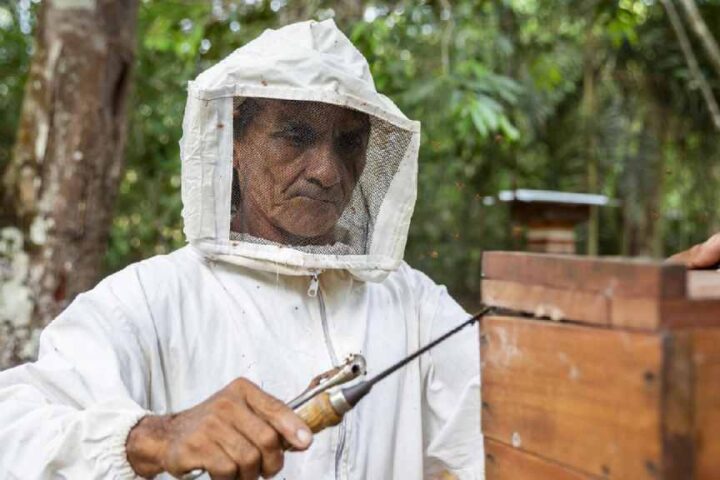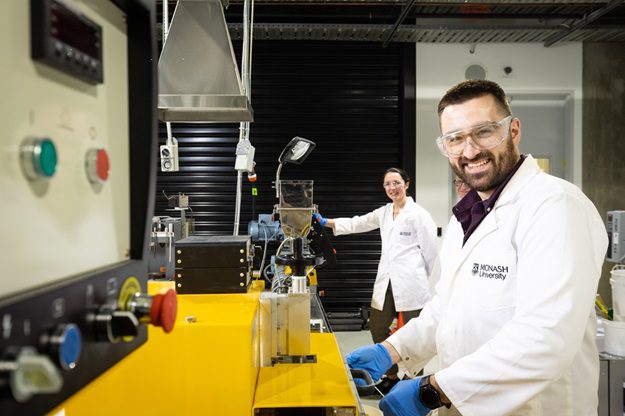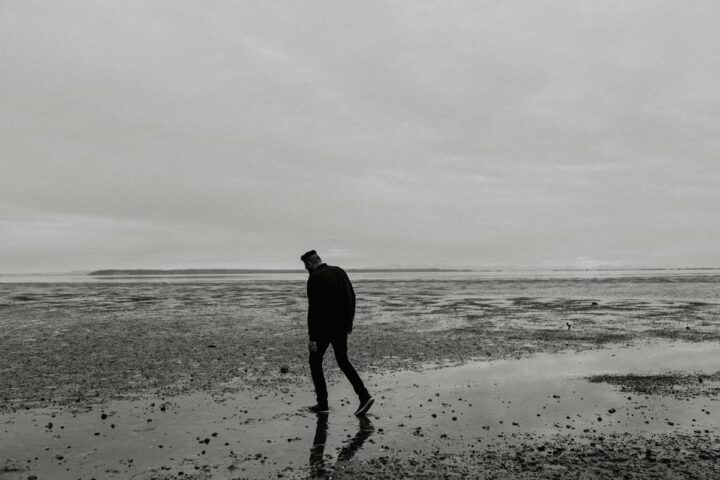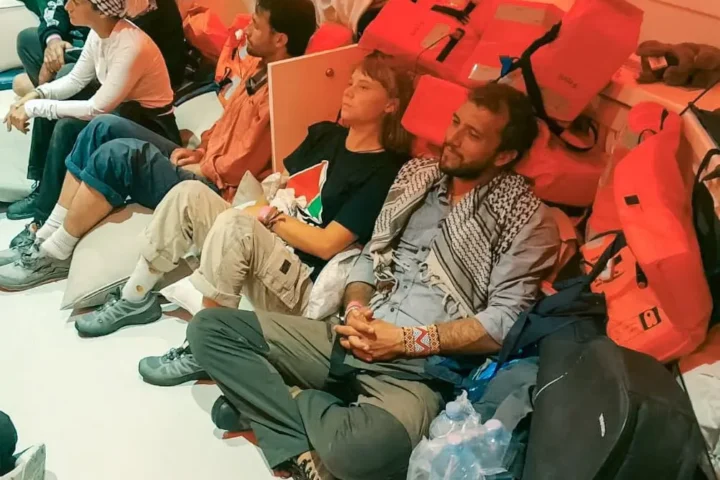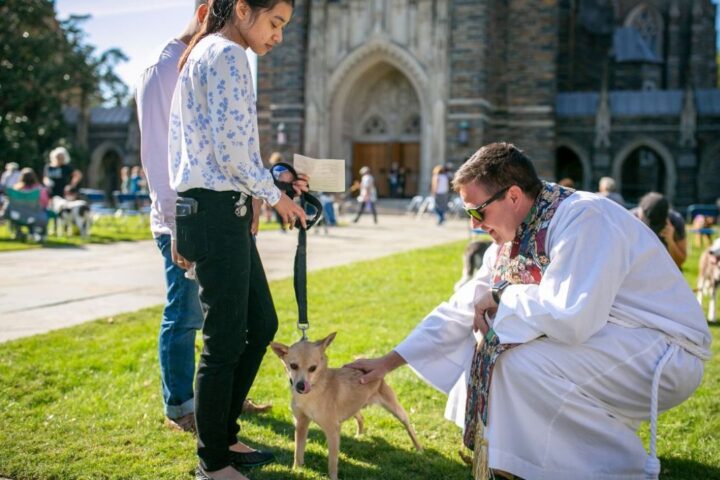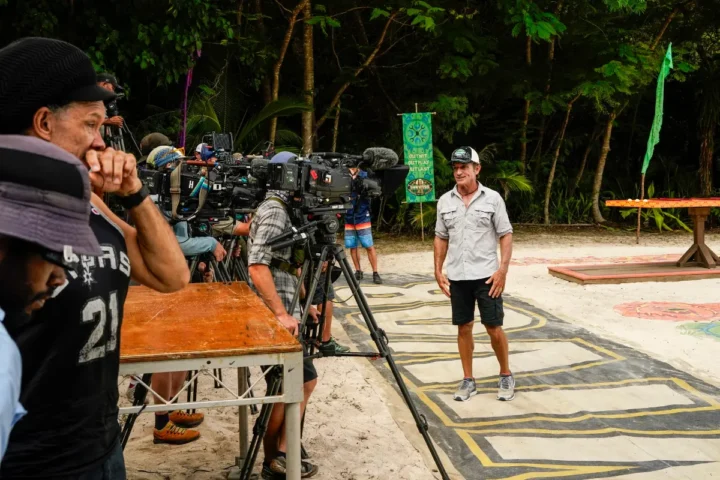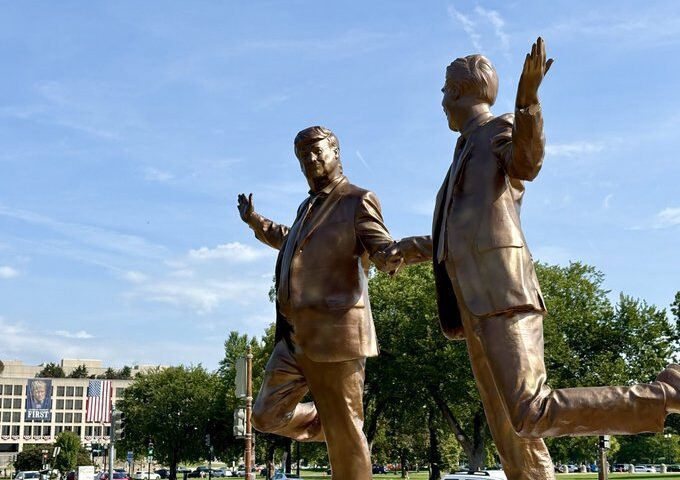Traditions and practices play a vital role in the advancement of societies. Endogamy is one such custom. Marrying within one’s caste, clan, religion, or tribal group is called endogamy. For millennia, people have adopted this tradition to preserve their own culture intact.
But marriages within a limited group have their disadvantages too. There is a risk of genetic disease due to endogamy. In a recent study at UC Berkeley, population geneticist Priya Moorjani explained that endogamy “increases the chance of inheriting the same piece of DNA from both your parents.” She found that in a sample of 2,762 supposedly unrelated Indians, about 51% of individuals shared DNA segments equivalent to third-degree cousins or closer. It’s like consanguinity but at a longer time scale. In population genetics, gene sharing from unions within the past 3-4 generations is termed “consanguinity,” whereas deeper historical bottlenecks are referred to as “founder events.”
Similar findings were recorded by Kumaraswamy Thangaraj at CCMB (Center for Cellular and Molecular Biology), Hyderabad, India. Thangaraj and US geneticist David Reich demonstrated that historical founder events and ongoing endogamy in South Asia have led to high frequencies of many deleterious recessive variants across groups, not just a single mutation.
According to them, ancient Indians were a freely mixing population, a brew of indigenous hunter-gatherers, farmers from present-day Iran, and Steppe pastoralists.
Similar Posts
But around 3,000 years ago, they started to become more endogamous, marrying within communities and castes. Over time, they reduced the genetic diversity of some groups, raising the risk of rare diseases. According to a 2017 study, as much as a third of India’s 4,600-odd communities could be vulnerable to population-specific recessive diseases due to this history.
Globally, communities like the Ashkenazi Jews, the Amish, and the Finns are known for recessive diseases due to few founders and restricted marriages. Moorjani observes that whereas only a handful of Jewish communities exhibit strong founder events, dozens of Indian groups do.
With the progress of science and technology, many communities have reconciled to the change in their relationships. Now there are inter-caste and inter-religious marriages. This is called exogamy as opposed to endogamy. Owing to better job and educational facilities, people of many countries move legally or otherwise to USA, the land of liberty. That is why we find a Kamala Harris or Usha Chilukuri Vance in USA.

This pragmatic adjustment has given hope of reducing rare diseases. Social reformers have played a vital role in changing the narrow-minded mentality of many communities across the world. The 21st century may bring significant changes in human relationships.
In short, thousands of years of endogamy may have shaped genetic disease risk. Studies at UC Berkeley and CCMB, Hyderabad have separately worked to identify those risks in communities. However, progressive people in many communities are resorting to exogamy to reduce this risk factor.
